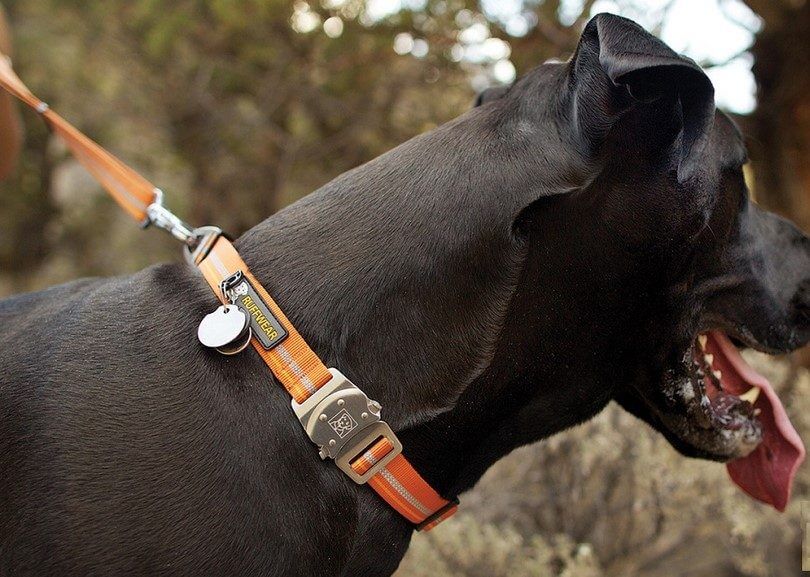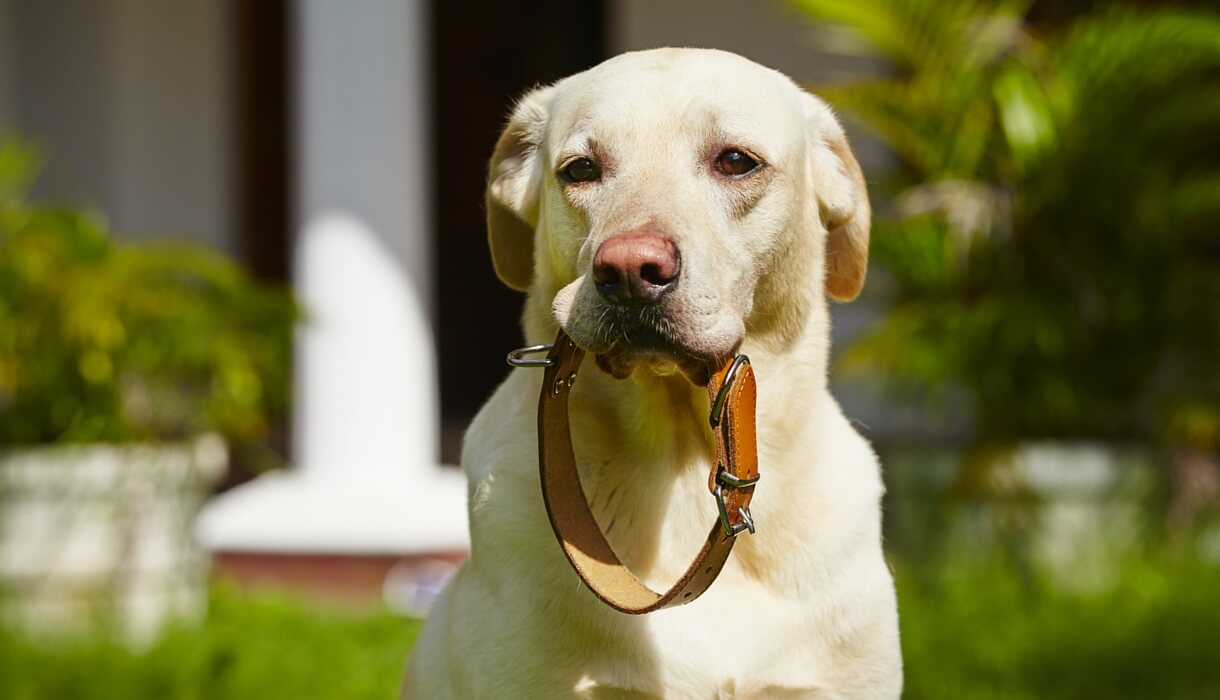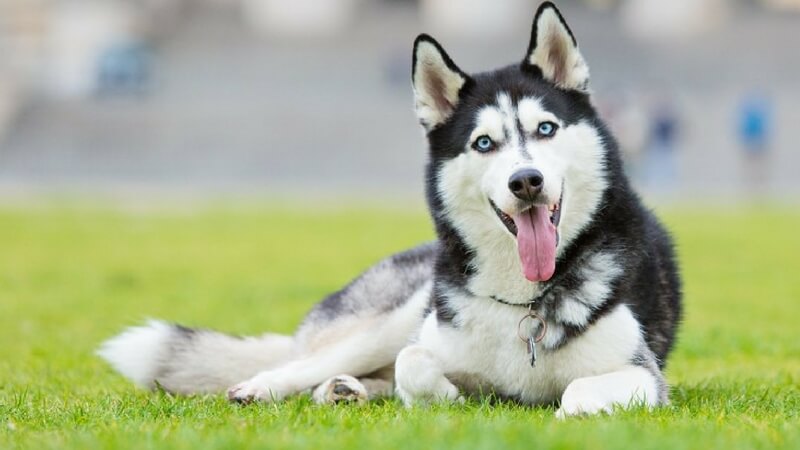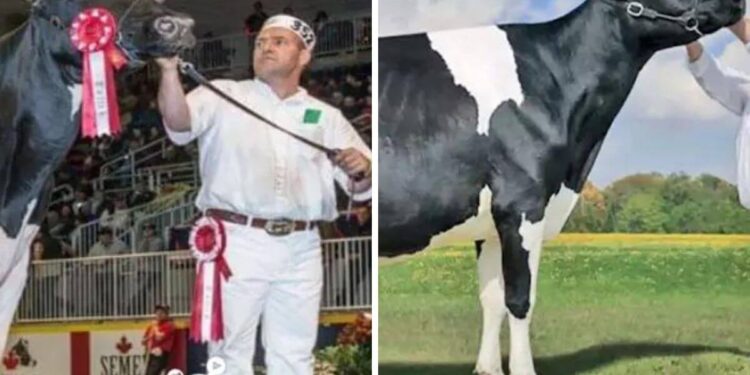| We participate in the Amazon Associates program and may receive compensation when you click some links in this article |
When you get a new dog, the first thing you go out and do is get him his very own collar. And while it certainly seems like picking up a collar doesn’t take a whole lot of knowhow, it actually does. Without knowing, you might have just bought a collar that’s going to pull at your pup’s fur and cause some damage. You know how uncomfortable a hair tie around the wrist can get? Imagine having to wear it around your neck day in and day out. To make sure you get a collar that suits your pooch, you need to start with knowing his fur type.

There are five different types (OK, really six, but hairless coats don’t apply when we’re talking about collars and fur types) of dog coats and each require their own specialized care.
So which color should i get?
The five types are as follows:
Smooth Coat: Just as it sounds, the coat is smooth to the touch. Ascribed to short-haired breeds (Pit Bulls, Chihuahuas and Dachshunds) the smooth coat is relatively low maintenance. The collar type best suited for smooth coats is the flat collar. The flat collar retains its size and can be adjusted as the dog grows. To keep your pup’s smooth coat healthy, bathe sparingly and use a bristle brush.
Wire Coat: With a thicker, coarser coat, wire-haired dog breeds (Jack Russell, Fox Terrier and Scottish Terrier) are more likely to get their fur caught in the buckle of a flat collar causing pulling and irritation. A rolled collar will prevent coat damage and will stop the fur from getting caught in the buckle or clasp of the collar. As you would do with a smooth-coated dog, you will bathe your wire-coated fur baby sparingly (once a week to once every 12 weeks) and brush him first with a stripping comb in order to remove his shedding fur. After brushing the shedding fur away, apply an anti-static spray and continue brushing with a slicker brush.

Curly Coat: Dogs with a curly (or wavy) coat (Poddle, Bichon Frise and Malti-Poo) have fur that lies close to their bodies. If their fur were to get caught in their collars they could potentially get it ripped out, leaving big bald spots that are in danger of getting infected. Like the wire-coated dog, curly coated dogs need to be brushed with a stripping comb first in an effort to remove the shedding fur, yes, even for dogs who shed little. Use the soft slicker to complete the brushing process. The next step is bathing the dog. After he has been bathed give him a good towel dry. Once his fur is completely dry, brush him with the soft slicker once more. The rolled collar will prevent his fur from getting pulled and will keep him comfortable.
Double Coat: A double-coated dog (Husky, Samoyed and Chow) can have smooth or long hair, and their coats require a little extra attention. Double-coated dogs should be bathed once a week (or less, depending on the amount of oil your dog produces) and should be brushed once a week without exception. After bathing your double-coated pup, dry him off completely. If the dog is not properly dried, you risk mildewing his undercoat and giving him a skin infection, and no good owner wants that. Like the wire and curly coated dog, double-coated dogs need the rolled collar. If your double-coated mutt has a smooth top coat, you can use a flat collar.
Long Coat: Much like people, long-coated dogs (Maltese, Shih Tzu and Yorkshire Terrier) have a mixture of soft and coarse hair that varies by dog. Because their long hair can get caught in a collar and tangled up in a lead, these types of dogs should wear a rolled collar for daily use and a harness for walking. Like the other differently coated pups, long-coated dogs should be bathed regularly, blow dried and brushed with a soft slicker to avoid breakage and pulling.
Once you have an understanding of the type of care your dog’s fur coat needs, looking for pet collars becomes super easy. Who knew different fur types could make or break a collar, huh?









